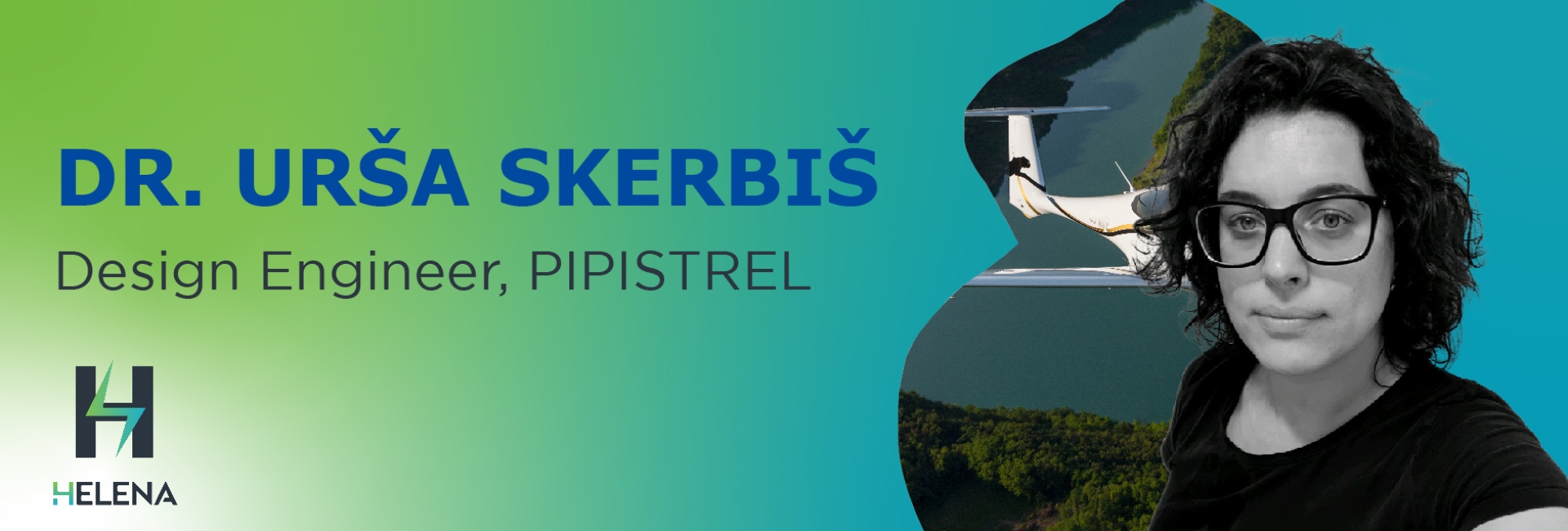Behind the HELENA Project #5 | Fabian Diaz (MIMI Tech GmbH)
We interviewed Fabian Diaz, from MIMI Tech GmbH, to learn first-hand the key attributes to understand the strengths of the HELENA Project.

Europe´s commitment to achieving leadership and guiding the global Energy Transition is total. A clear example of this is its support for the many initiatives across the continent that seek to electrify some of the most polluting industries, such as transportation. Through this series of contents, we intend to know the perspective of the researchers involved in the HELENA Project regarding the virtues of the halide solid-state batteries developed.

Pipistrel Aircraft is an aviation & aerospace company based in Slovenia. It has more than 30 years of tradition in ultralight and general aviation industry. Starting from a small business it has become the leading producer of efficient aircraft with electric and hybrid propulsion.
Listed requirements are given on the battery cell level. Requirements on the battery level are lower. We are expecting a cell with a gravimetric energy density of more than 450Wh/kg. This cell should allow discharge with a maximum continuous discharge current of 5C and equivalent continuous discharge power, where peak current (and equivalent power) can reach 10C for 120s. Fast charging with 4C would minimize the turnaround time. The battery cell should last for 3000 full DoD cycles which would be big contribution to the sustainability goals of the project.
Two big concerns in electric aviation are range anxiety and long charge time of the batteries. Battery cells designed and tested within the HELENA project should make a step forward on both fronts. HELENA battery cells should have the capacity and power capability of increasing a current flight time of 50min+reserve to much more appealing flight time of 90-120 min +reserve while allowing fast charging of the cells.
With these two achievements the electric aviation will become more interesting for a wider range of people and therefore it will help reaching goals for decarbonization of aviation in the future.
Pipistrel Aircraft’s role is to develop packaging technologies for Halide Solid State Cells, with minimum overpack weight.
If you want to know the latest trends in energy storage and new developments in research, subscribe.